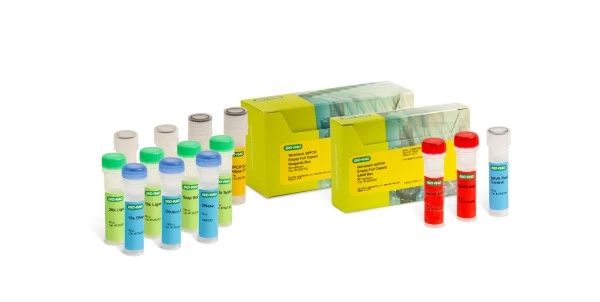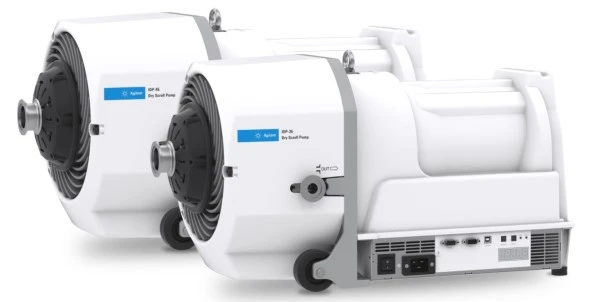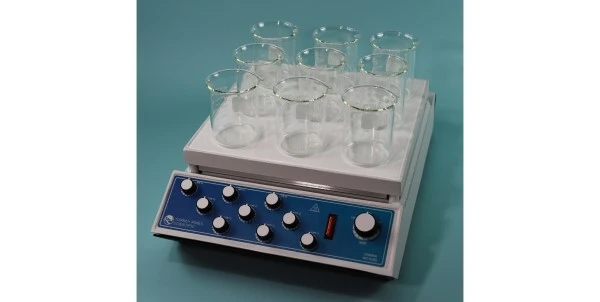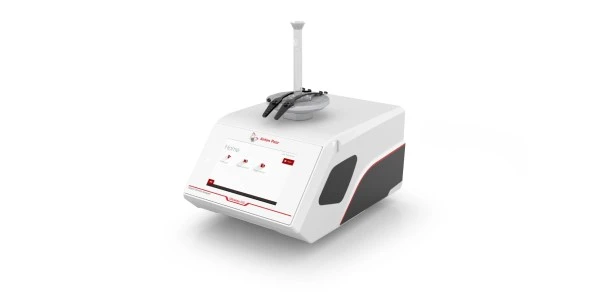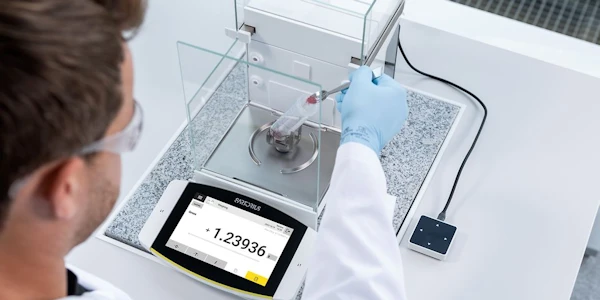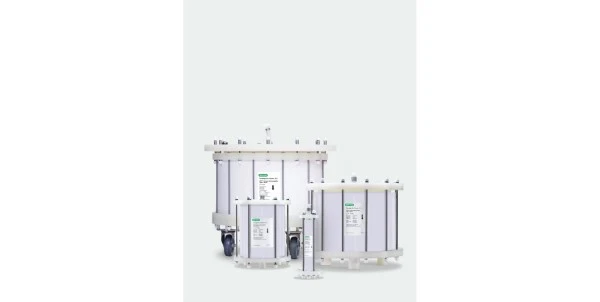
The Best Lab Shakers: A Buyer's Guide to Price and Features
Lab shakers are essential pieces of equipment used to mix, agitate, or blend substances in laboratory settings. These devices are widely used in various fields, including biochemistry, microbiology, molecular biology, and environmental science, to ensure consistent mixing and homogenization of samples. Choosing the right lab shaker involves considering factors such as versatility, speed control, and capacity to meet specific experimental needs. This guide provides an overview of different types of lab shakers, key features to consider, and a price guide to help you make an informed decision. Orbital Shakers move samples in a circular motion, providing gentle mixing and agitation. These shakers are ideal for culturing cells, mixing reagents, and dissolving solids. Orbital shakers come in various sizes, from small benchtop models to large floor units, and can accommodate different types of vessels, such as flasks, beakers, and microplates. Applications: Cell culture, protein expression, bacterial growth, and general mixing. Rocking Shakers move samples back and forth in a see-saw motion, mimicking a gentle rocking action. These shakers are used for applications requiring low-intensity mixing, such as gel staining and destaining, hybridization, and blotting techniques. Rocking shakers are suitable for use with trays, bags, and low-volume containers. Applications: Gel electrophoresis, blotting, hybridization, and gentle mixing. Vortex Shakers create a rapid circular motion that mixes samples quickly and efficiently. They are commonly used for mixing small volumes of liquids in tubes or vials. Vortex shakers are compact, easy to use, and provide consistent mixing with minimal user intervention. Applications: Mixing small liquid volumes, sample re-suspension, and cell disruption. Incubated Shakers combine shaking motion with controlled temperature and sometimes humidity. These shakers are used for growing cells, yeast, and bacteria, where temperature control is crucial for optimal growth conditions. Incubated shakers can maintain temperatures above and below ambient, making them versatile for various biological applications. Applications: Cell culture, fermentation, bacterial growth, and enzyme reactions. Platform Shakers have a flat platform that moves horizontally or vertically, providing even agitation for samples. These shakers are used for a wide range of applications, including staining, washing, and mixing. Platform shakers can accommodate different vessel sizes and are often used with trays, beakers, and multi-well plates. Applications: Staining, washing, mixing, and general agitation. Tube Rotators provide a rotating motion for mixing samples in tubes. These shakers are ideal for applications requiring end-over-end mixing, such as blood sample mixing, DNA extraction, and antibody binding assays. Tube rotators can hold multiple tubes at once and offer adjustable rotation speeds. Applications: Blood sample mixing, nucleic acid extraction, antibody binding assays, and general tube mixing. Consider the speed range and motion type of the shaker, as different applications require specific mixing intensities. Look for shakers with adjustable speed controls and various motion settings, such as orbital, rocking, or vortexing, to accommodate different experimental needs. The capacity of the shaker determines how many samples it can handle at once. Choose a shaker with a platform size and load capacity suitable for your typical sample volumes and container types. Large-capacity shakers are ideal for high-throughput labs, while smaller models are suitable for individual experiments. For applications requiring precise temperature control, such as cell culture and fermentation, consider incubated shakers with built-in temperature regulation. Features like humidity control and CO2 regulation may also be important for specific biological applications. Versatile shakers that can accommodate a variety of sample types and vessel sizes offer greater flexibility for different experiments. Look for shakers with interchangeable platforms, adjustable clamps, and accessory options to suit a range of applications. Choose shakers with user-friendly interfaces, digital displays, and intuitive controls for easy operation. Maintenance features, such as easy-to-clean platforms and durable construction, help ensure long-term reliability and reduce downtime. Safety is crucial when working with lab equipment. Look for shakers with safety features such as non-slip platforms, overload protection, and automatic shut-off mechanisms to prevent accidents and ensure safe operation. Selecting the best lab shaker involves considering factors such as speed control, capacity, versatility, and safety. By choosing high-quality shakers that meet your specific needs, you can enhance the accuracy, efficiency, and reliability of your laboratory experiments. For more detailed specifications or to view models, visit LabX.com to browse products and gain additional insights to help in making the best choice for your lab's needs.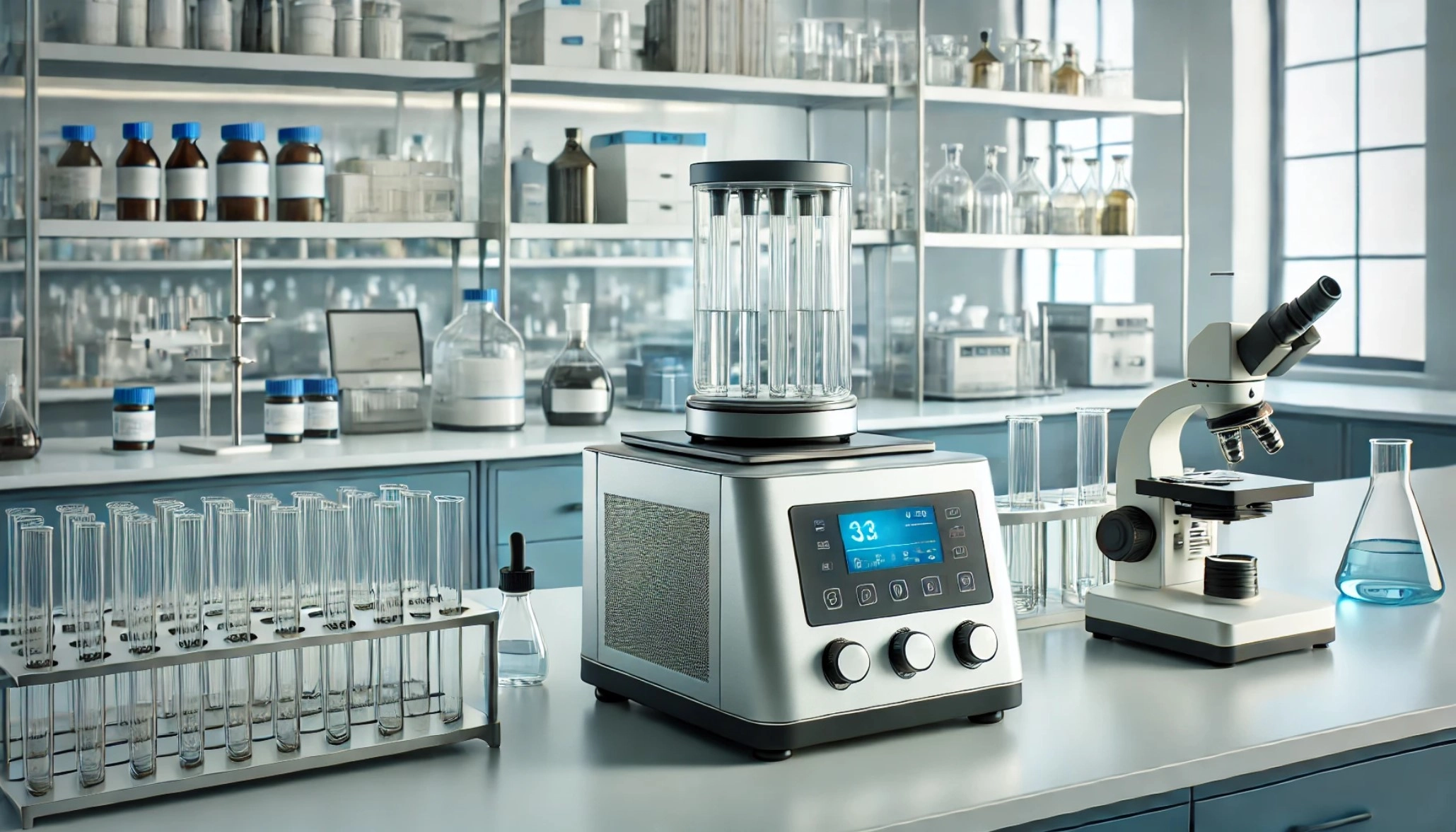
Versatility, Speed Control, and Capacity are Key Considerations to Find the Best Lab Shakers at the Best Price
Types of Lab Shakers
1. Orbital Shakers
2. Rocking Shakers
3. Vortex Shakers
4. Incubated Shakers
5. Platform Shakers
6. Tube Rotators
Key Features to Consider When Buying Lab Shakers
1. Speed and Motion Control
2. Capacity and Load
3. Temperature and Environmental Control
4. Versatility and Adaptability
5. Ease of Use and Maintenance
6. Safety Features
Lab Shaker Price Guide
View all Lab Shaker Listings on LabX.com
